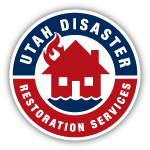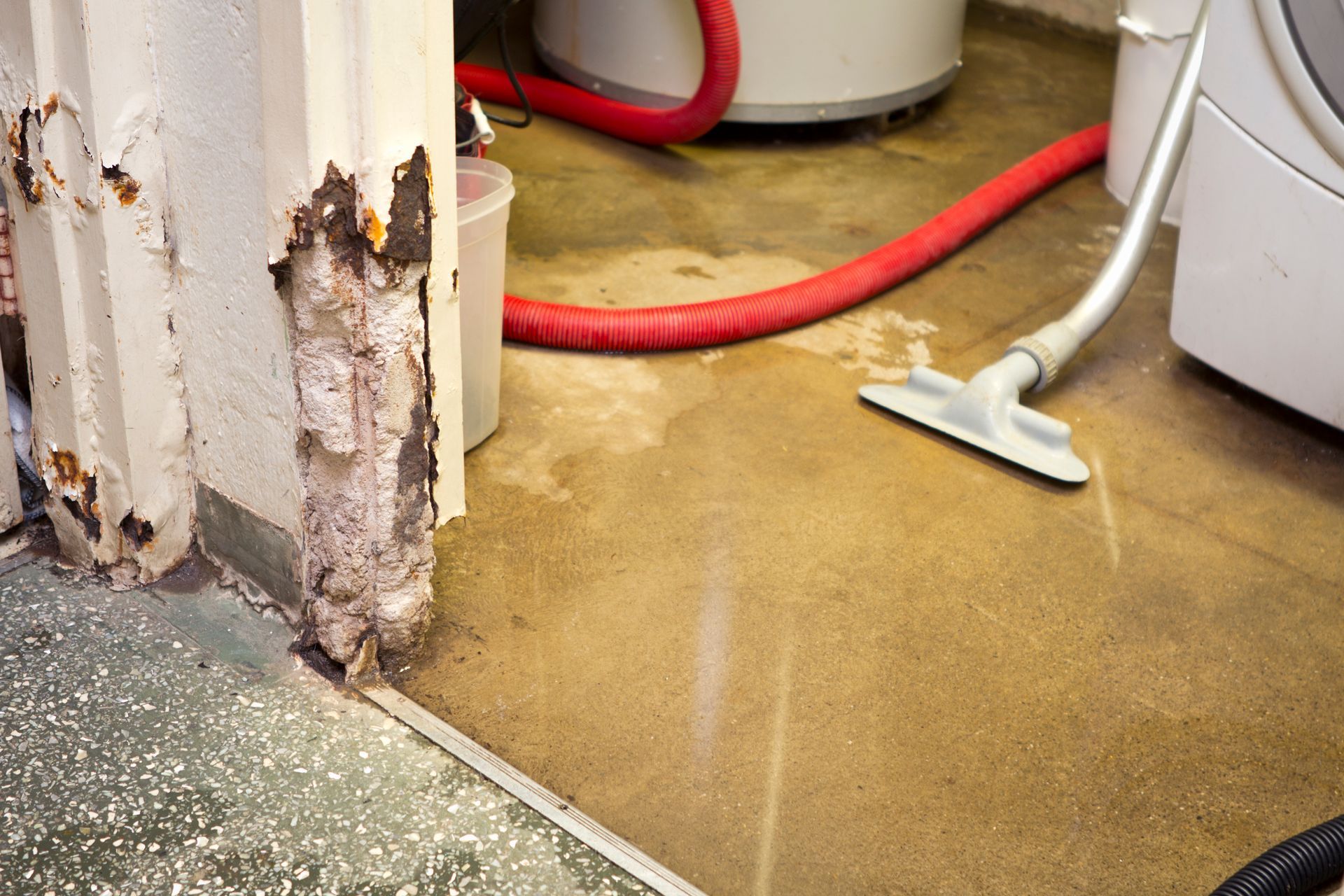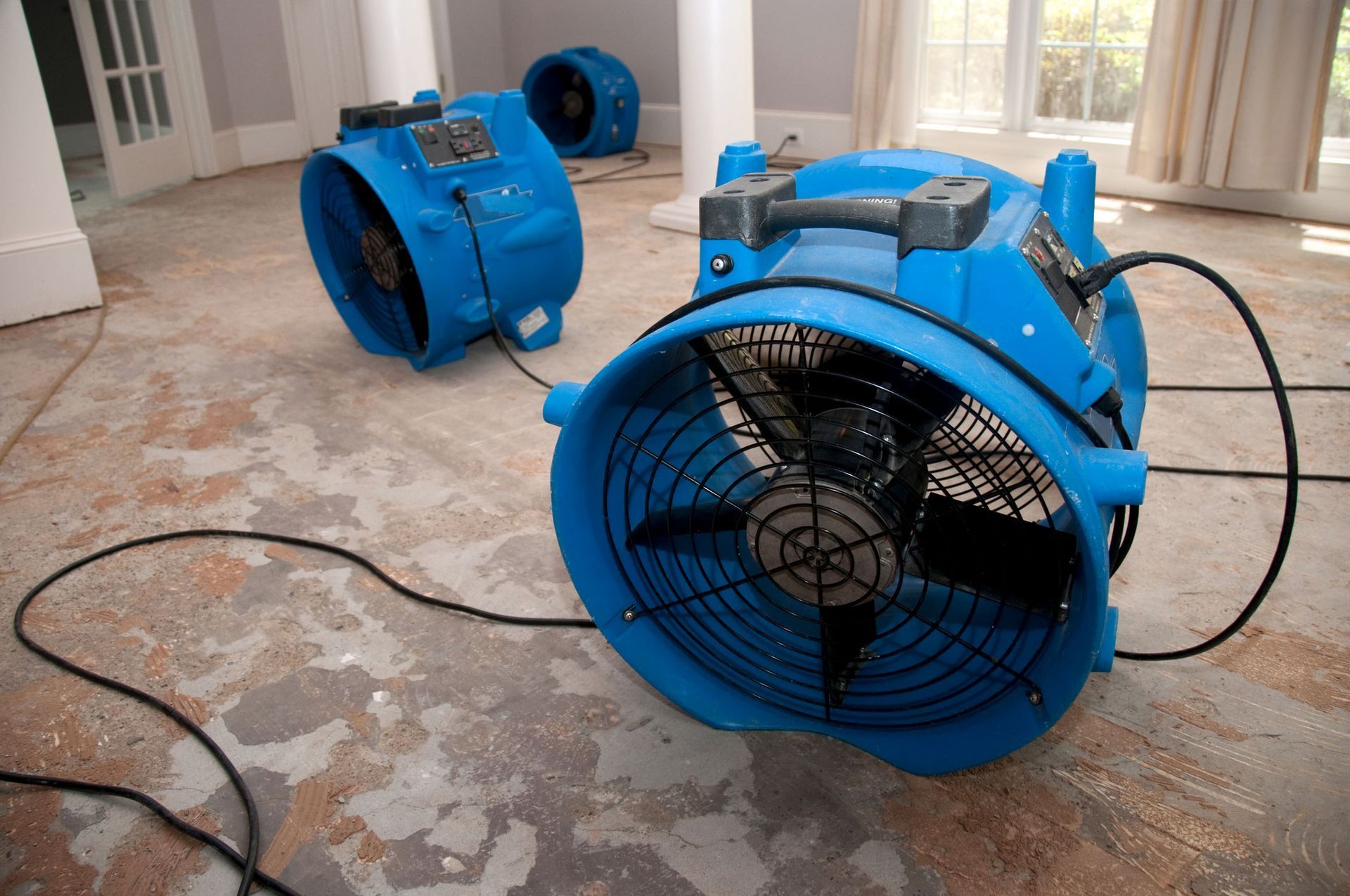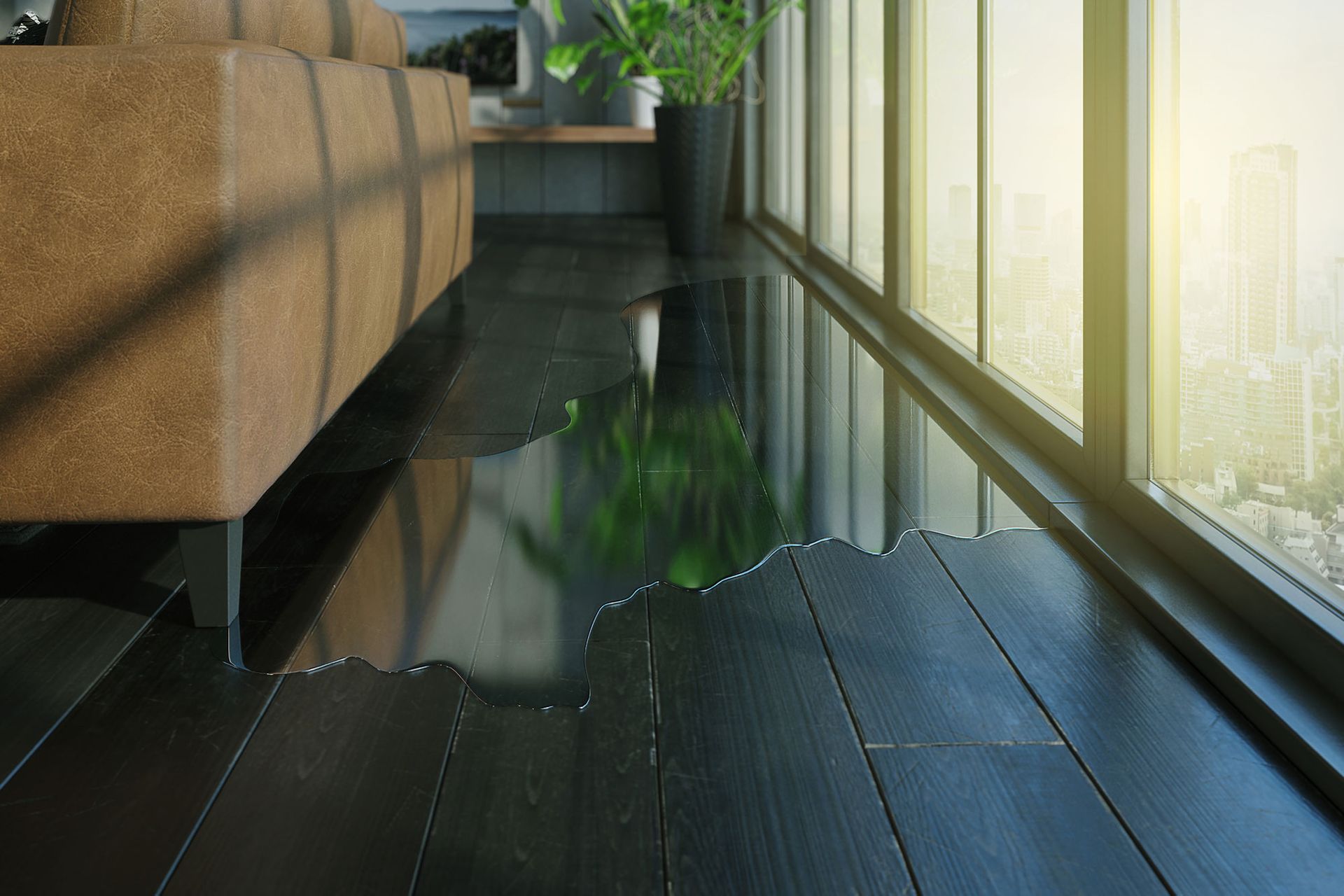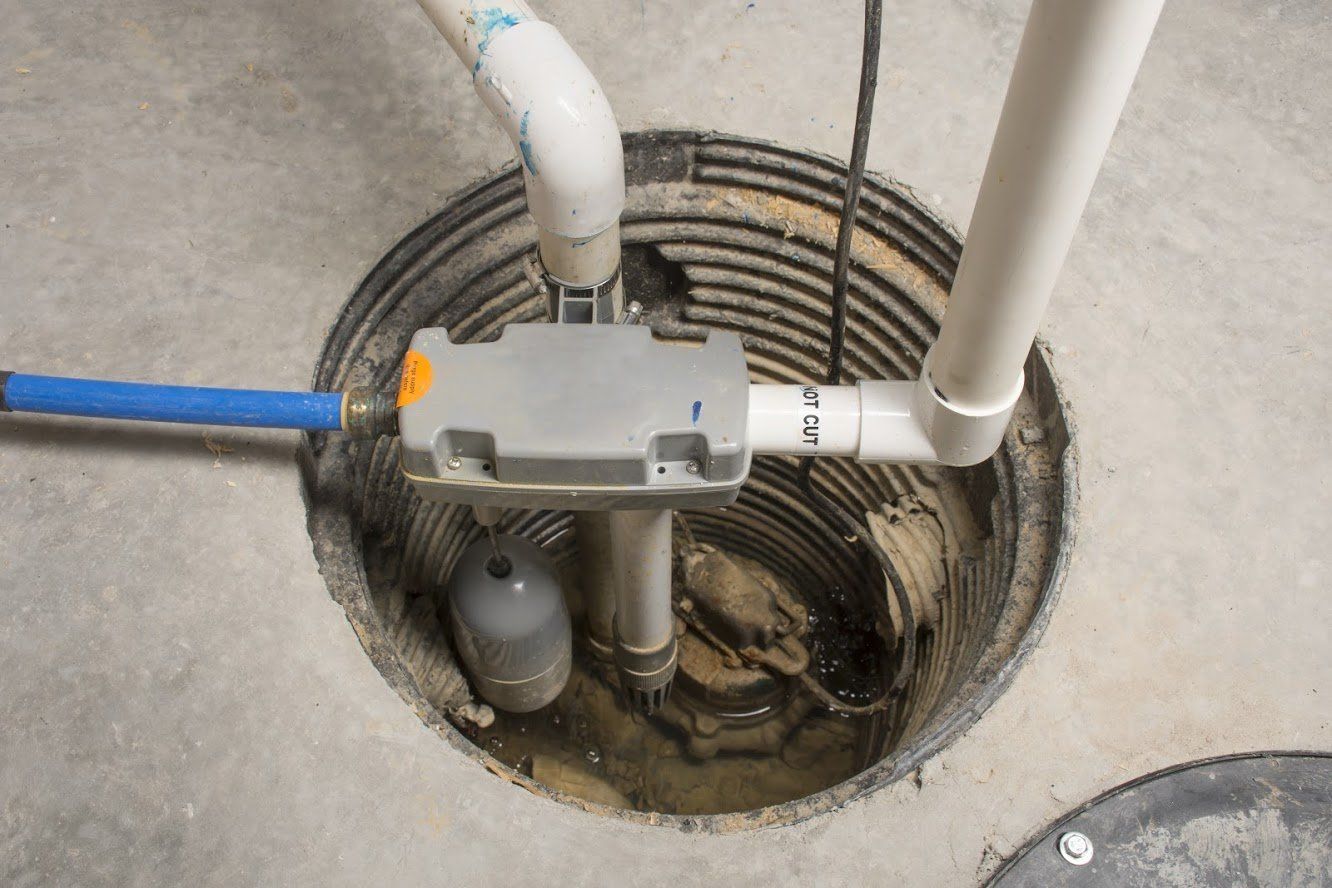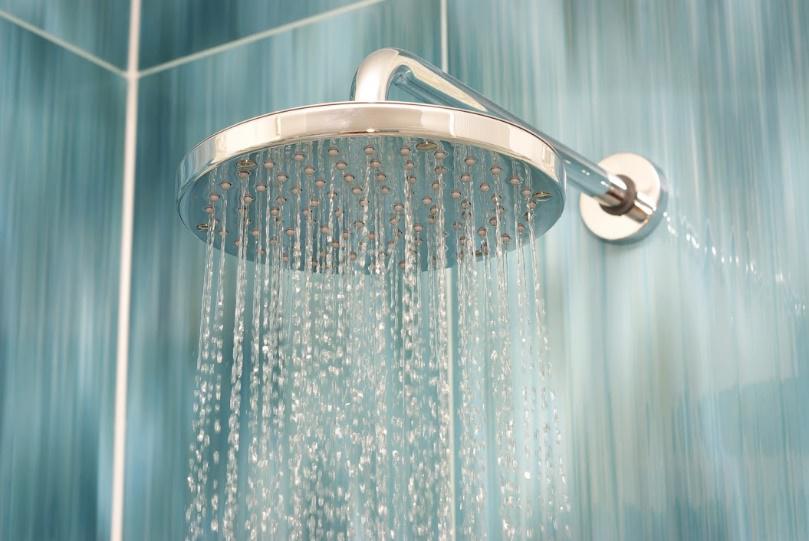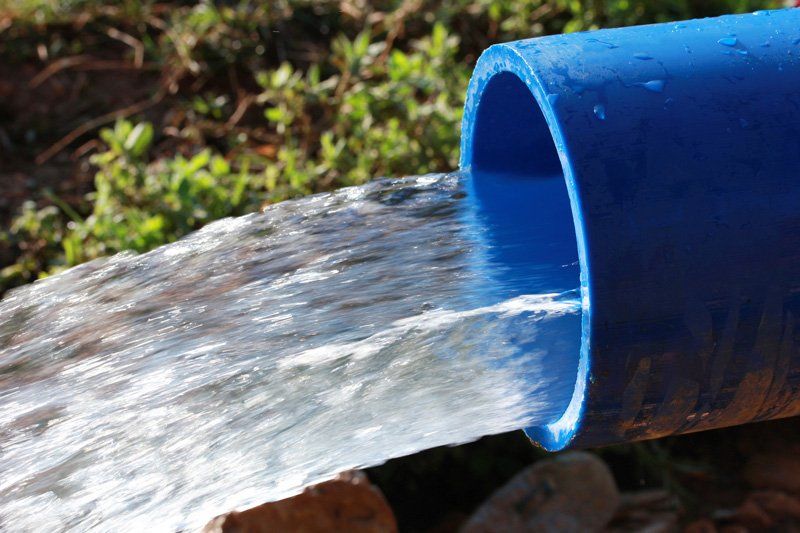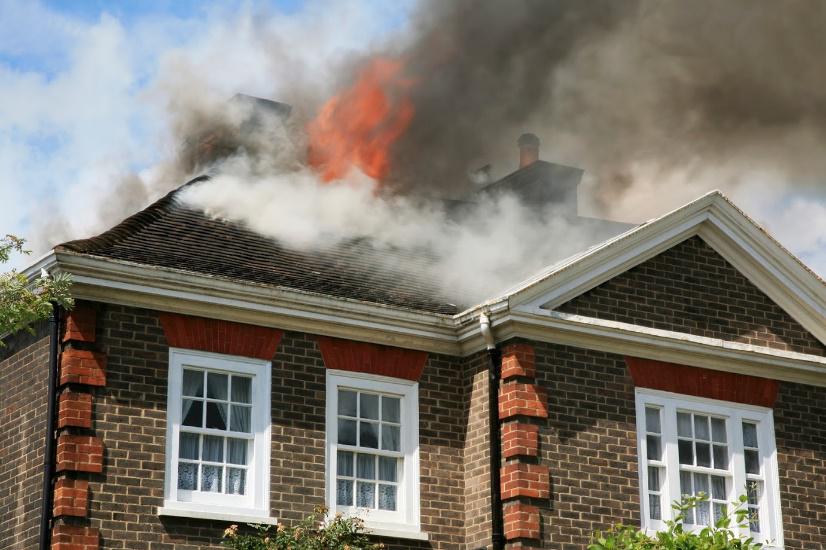Why mold remediation is important for your health

Mold is a part of the natural environment which can cause health problems if it gets out of control. Molds are known to have a big impact on the overall quality of the indoor air, significantly reducing the comfort of the living space.
Mold Remediation
If it is not removed from your home, the risk of your family members developing allergies is significantly increased. Molds produce allergens and irritants, which create sensibility when inhaled or come in contact with the skin. Although research on how mold is able to influence health on the long term is still ongoing, mold remediation is the best preemptive measure for staying on the safe side. The allergic response which can indicate that mold is the culprit include sneezing, red eyes, runny nose, and even the development of skin rash. The symptoms can be attributed to other medical conditions, but mold remediation should be a first exclusion method. Mold is particularly dangerous for people suffering from asthma because it has the potential to trigger severe episodes of difficult breathing. Any suspicions regarding symptoms triggered by contact with mold should be addressed by your local health care provider, in order for the correct diagnosis and treatment to be established.
Mold remediation and control is an urgent matter in locations where sensitive activities take place. Public health facilities, as well as food storage rooms, should be checked for mold development on a regular basis. Mold is carried from one place to another with relative ease, therefore identifying the main source reduces the effort of eliminating the mold. Mold testing is not standardized and the only way to identify abnormal levels is through visual inspection of the suspected area, as well as of hidden places which might harbor high humidity levels.
The key to remove mold from your home is to impose a strict and effective moisture control. Preventing mold from reappearing requires that you identify possible sources of water vapors or water in a liquid form. But this is often not enough. Mold remediation also implies getting rid of the material which was affected by the mold growth. When you have mold removed from your home, you still have to consider active measures of protection against it. Checking your plumbing and insulation are critical to detect early signs of mold growth.
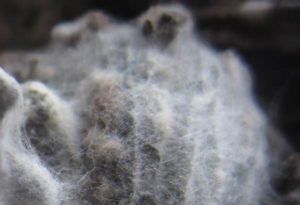
Contact Utah Desaster Restoration Service for mold remediation at (801) 763-9025
